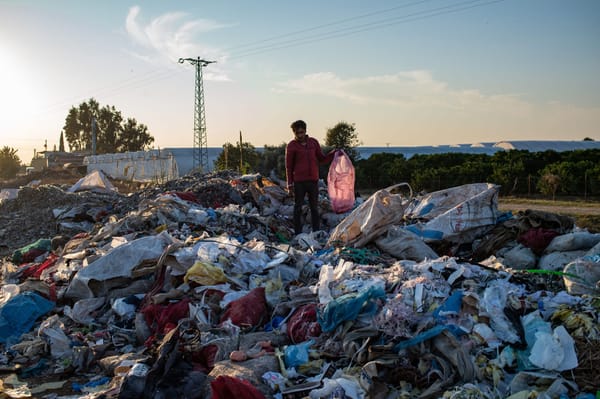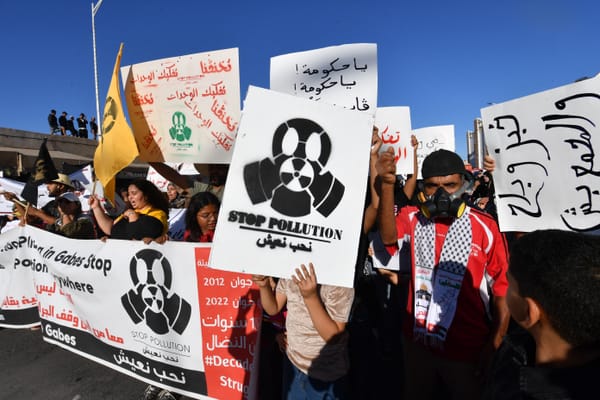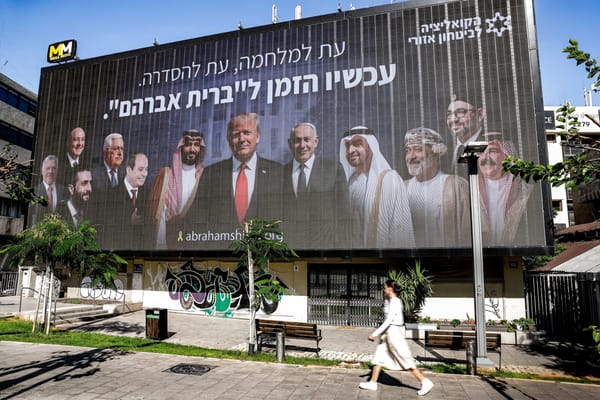Sanctioned Pleasures
Beirut is known internationally for a youthful jet set that likes to be identified with the world clubbing circuit, including such stops as B018, an underground nocturnal haunt reminiscent of a coffin built by Lebanese architect Bernard Khoury upon the remains of a war crime.









